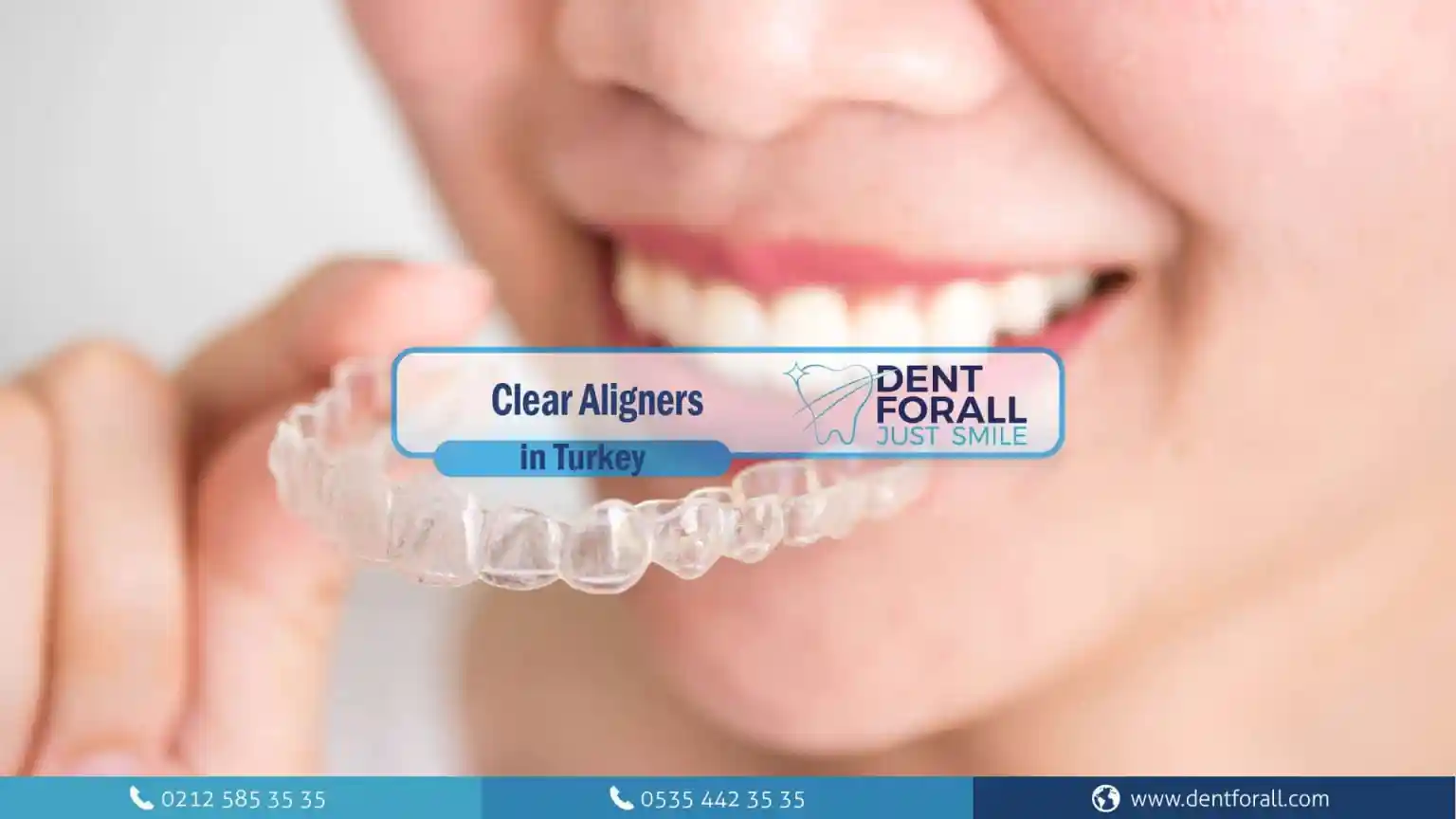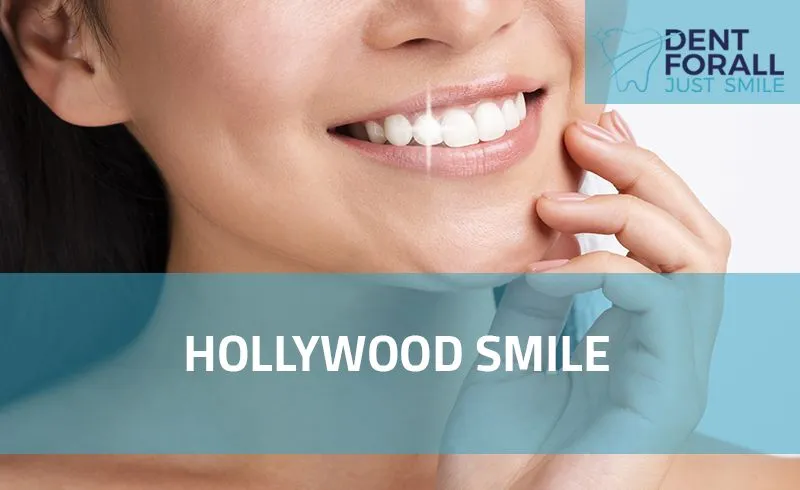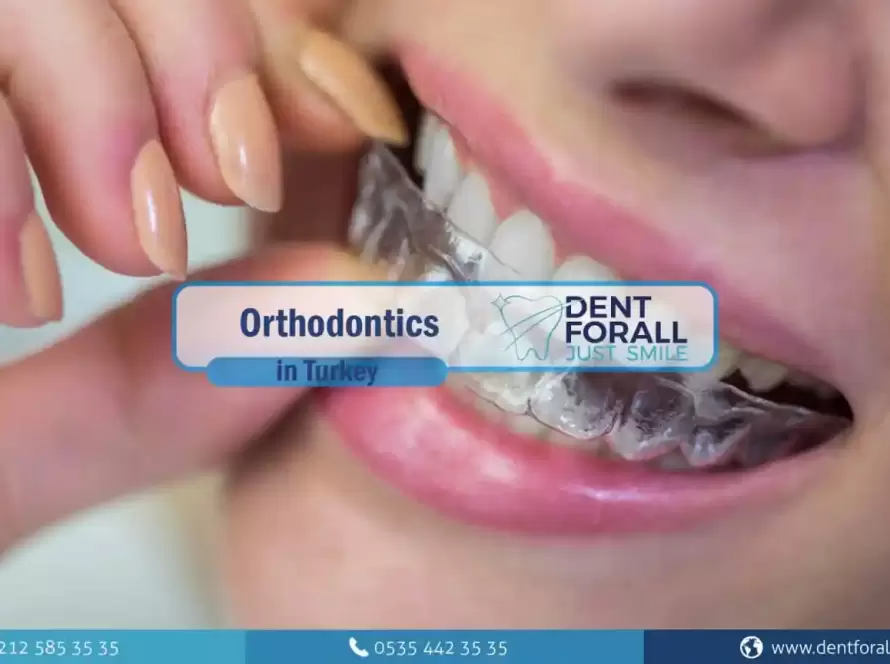Invisalign is a modern technique for straightening teeth without the hassle of traditional metal wires.
It is a transparent plastic mold less than a millimeter thick, also known as a splint, which significantly displaces the teeth as long as it is worn all day.
The appliance is removable and should be worn on your teeth for approximately 20 hours a day. The fact that it is removable ultimately makes it more convenient for you to eat, to maintain good dental hygiene.
It is also comfortable and easy to wear. No mutilation or extraction of healthy teeth.
Aesthetically, Invisalign is more visually appealing and will give you the confidence to straighten your teeth without the metallic look. It is hardly noticeable and very discreet.
It is ideal for orthodontic treatments.The main advantage of this technique is its discretion.When the clear aligner is worn, it is almost undetectable. You can talk and smile without realizing that you are wearing braces.
Many adults give up correcting their orthodontic problems because they fear an impact on their social and professional life. For such people, transparent gutters are very interesting.
Invisalign also eliminates the need to wear a fixed device since they are removable.
You can therefore remove them to eat, drink or brush your teeth, for example. On the other hand, you must make sure to wear them at least 22 hours a day to obtain an effective result.
Invisalign is created from a flexible and comfortable material, which has a perfect affinity with the tissues of the mouth.
The smooth coating limits the risk of injury and bleeding, frequently encountered with a metal device (rings or “brackets”).
Who can benefit from corrective treatment with transparent aligners?
The treatment consists of straightening or repositioning the teeth using personalized Invisalign made from 3D technologies.
Each protocol combines a mechanical action with monitoring by 3D modeling, which makes it possible to create new gutters over the modifications obtained.
Thus, the control of the movement of the teeth is perfectly millimeters, week after week.
Invisalign correct most orthodontic problems, including:
- Gap: teeth that are too wide apart can be a problem.
- They can weaken the gums and eventually cause periodontal disease, such as loosening of teeth.
- Overlap: this commonly observed defect is manifested by poor positioning of certain teeth.
- It causes an accumulation of dental plaque conducive to the proliferation of germs and the development of cavities.
- Occlusion problems (insufficient or too much closing of the mouth): they commonly cause premature tooth wear and pain in the jaw. A severe overbite can also lead to chronic injury to the gums.
- The open bite must be corrected to avoid problems with speech or chewing.

Invisalign is prescribed exclusively to patients by orthodontists or dentists previously trained in this technology.
To benefit from it, it is therefore essential to call on a practitioner who masters the installation and manufacture of aligners.
The first session aims to analyze the patient’s dentition and determine the necessary corrections.
To set up the treatment plan, the practitioner relies on 3D software which makes it possible to anticipate the movements of the teeth according to the corrections applied.
The teeth are taken in order to manufacture the aligners in perfect harmony with the morphological characteristics of the patient.
Once the first aligners have been received, the orthodontist proceeds with the fitting and teaches his patient how to handle and correctly position his invisible device.
Each dental tray lasts about two weeks. To avoid the organization of consultations too close together, several aligners are provided directly to the patient, who will have to make the changes as prescribed by his dentist or orthodontist.
The purpose of the inspection visits organized every two to three months is to check the evolution of the displacements and to manufacture new series of aligners … until the final result is achieved.
The duration of treatment is generally between 3 and 18 months. It varies according to the complexity of the defects to be corrected. The quality of the materials used can also affect the processing time.




